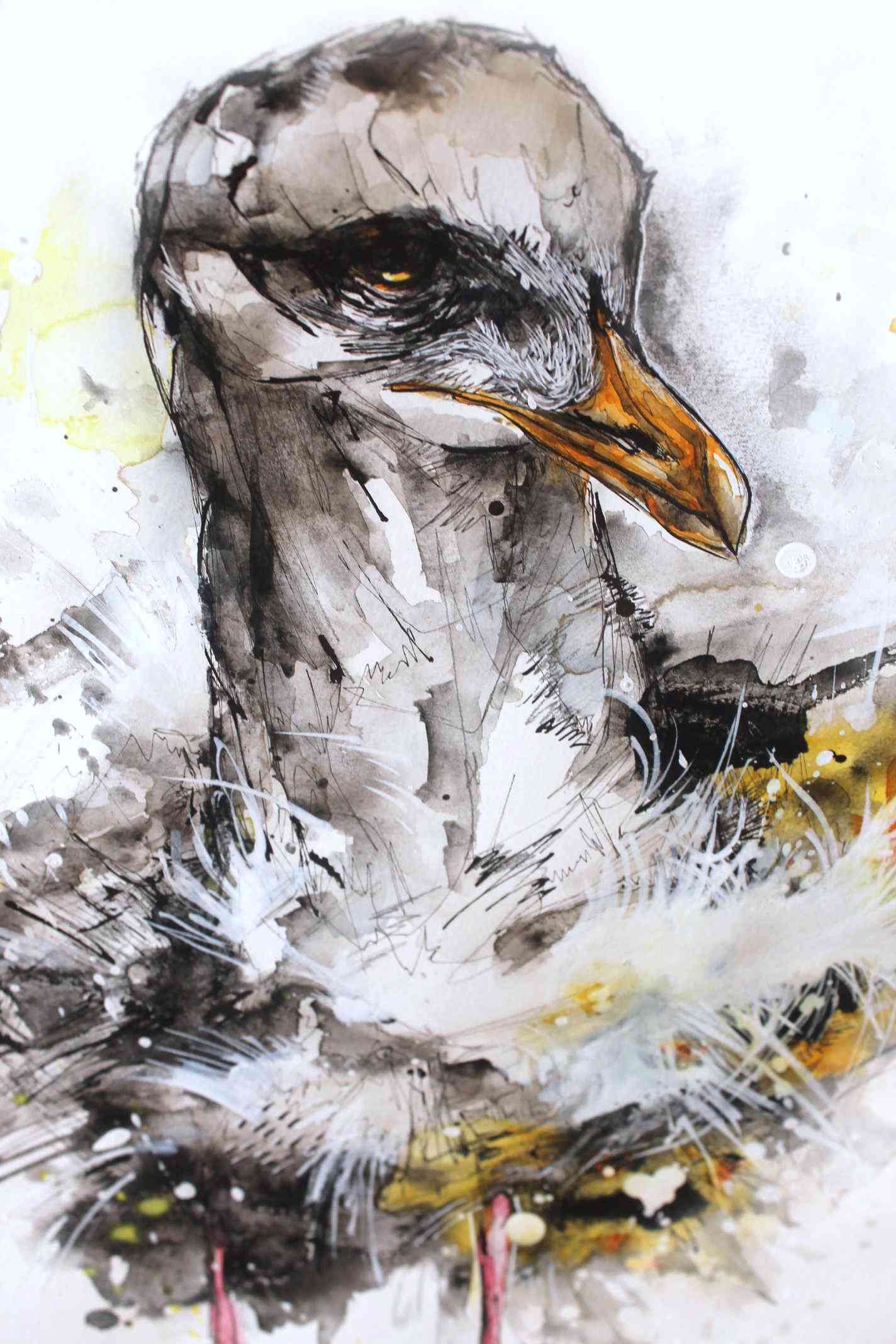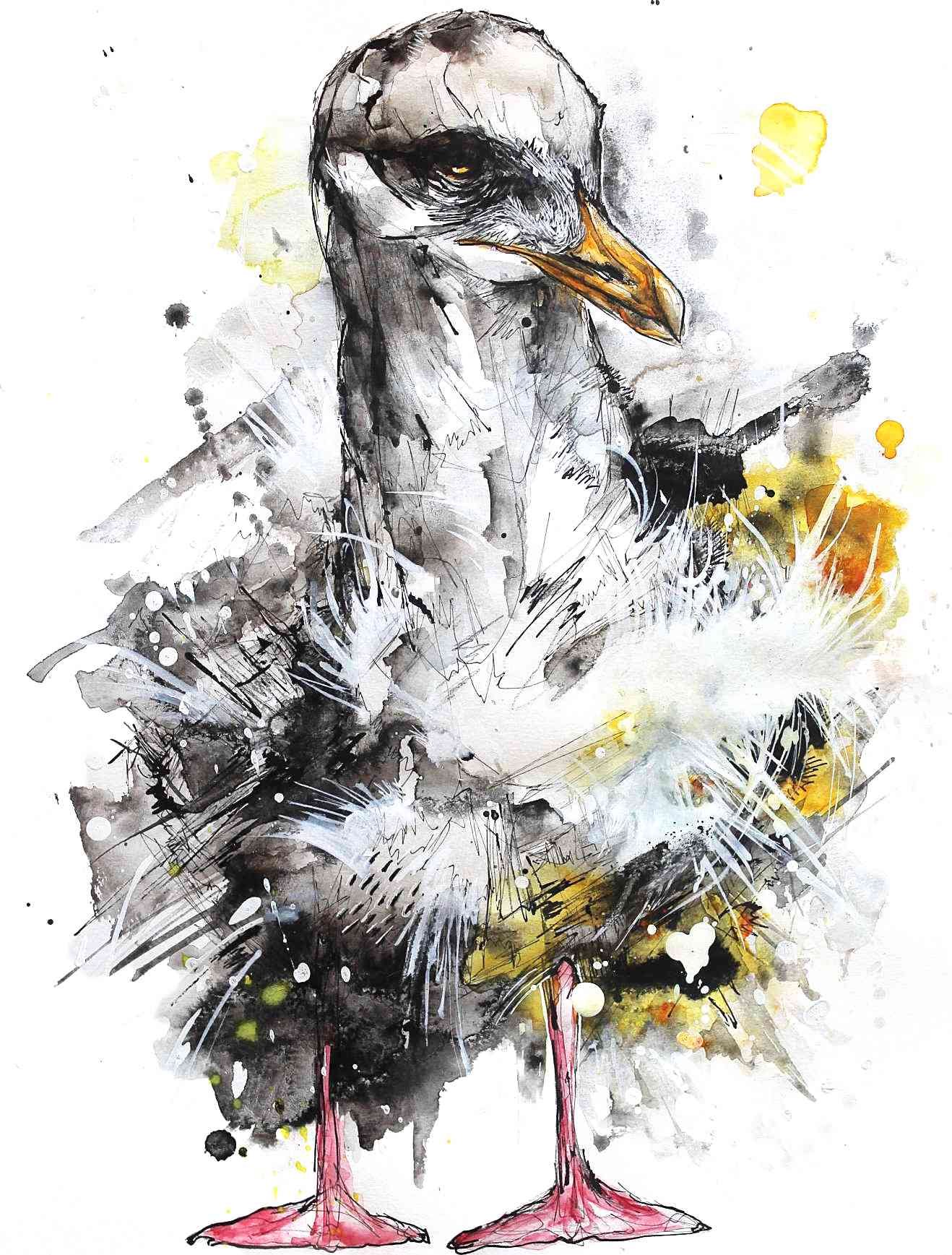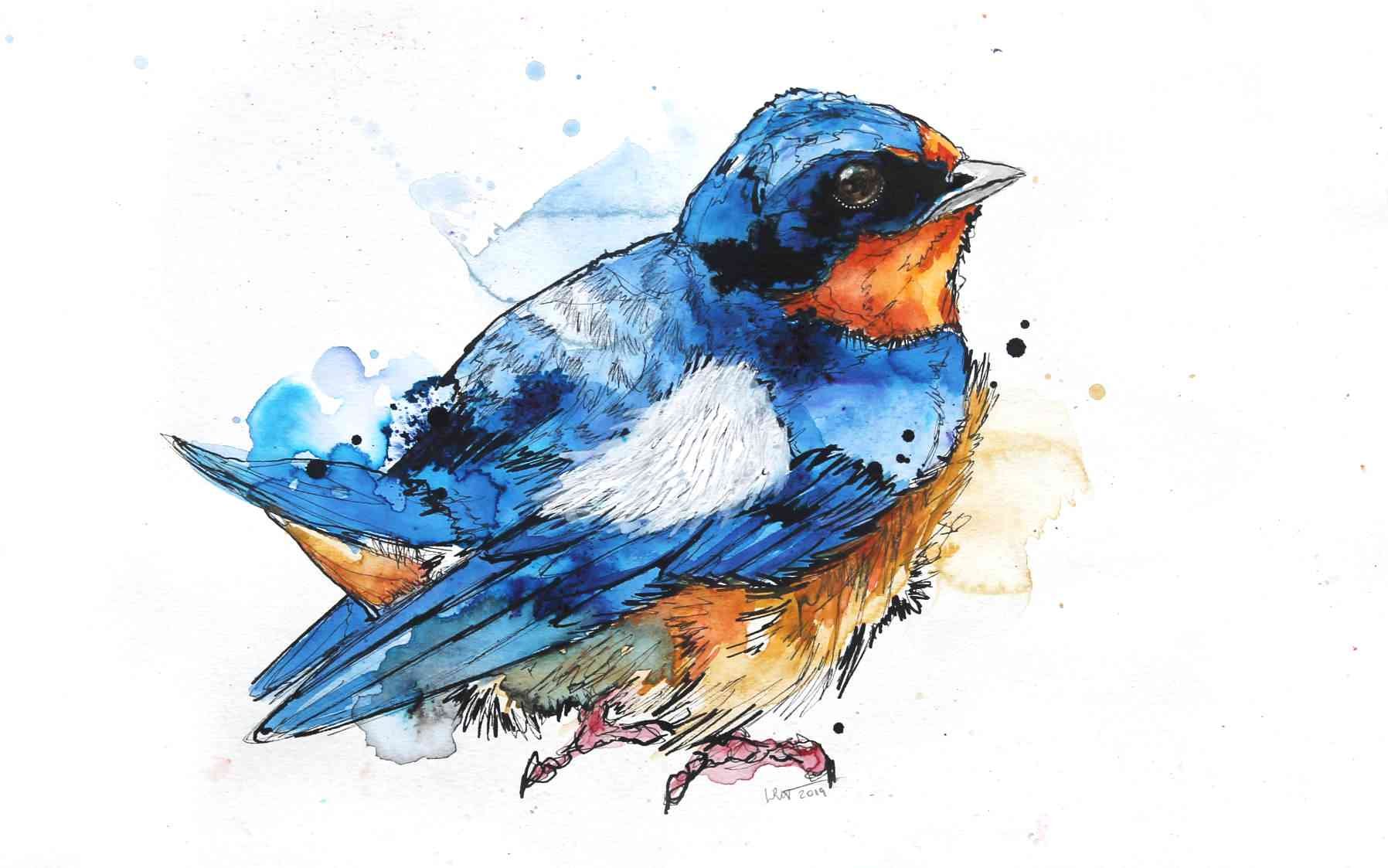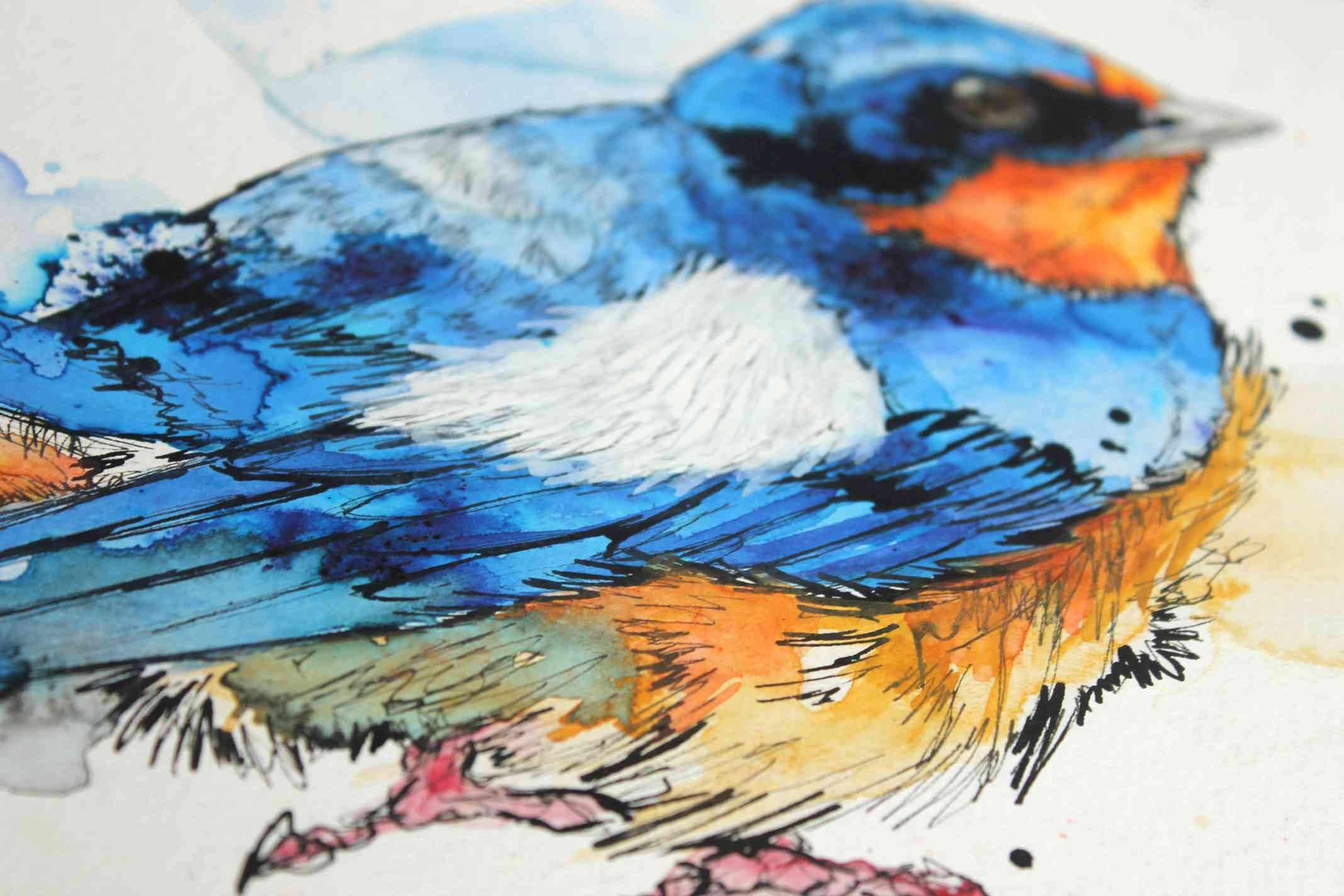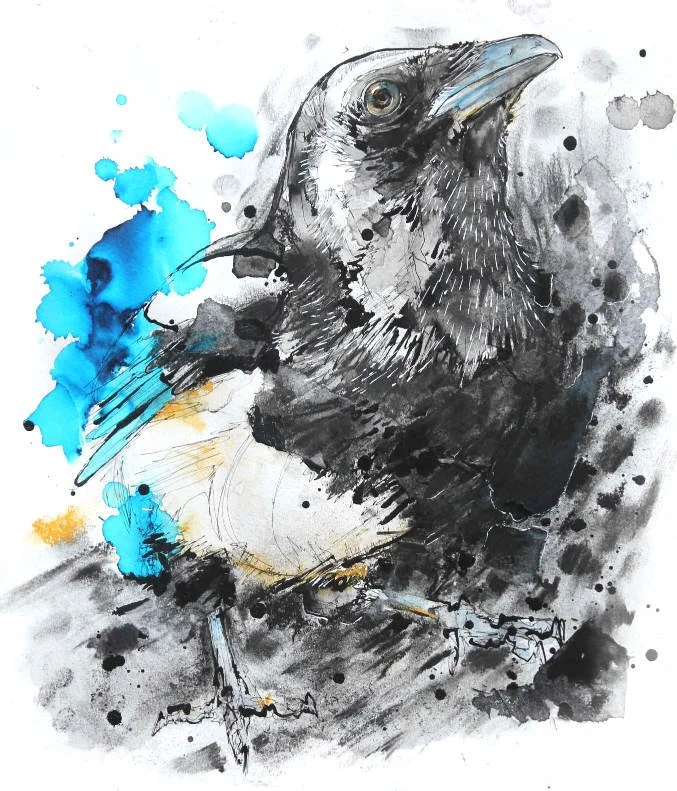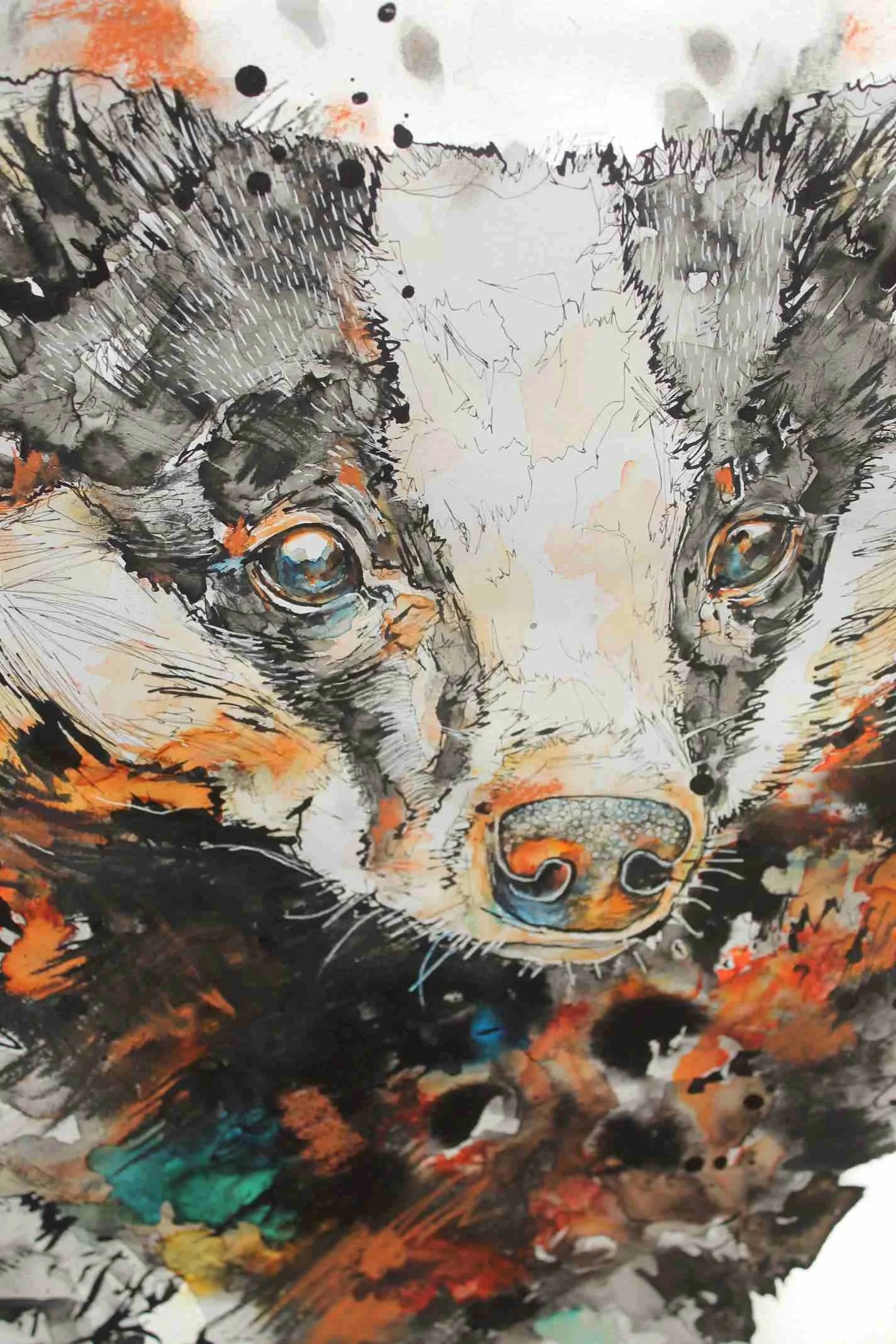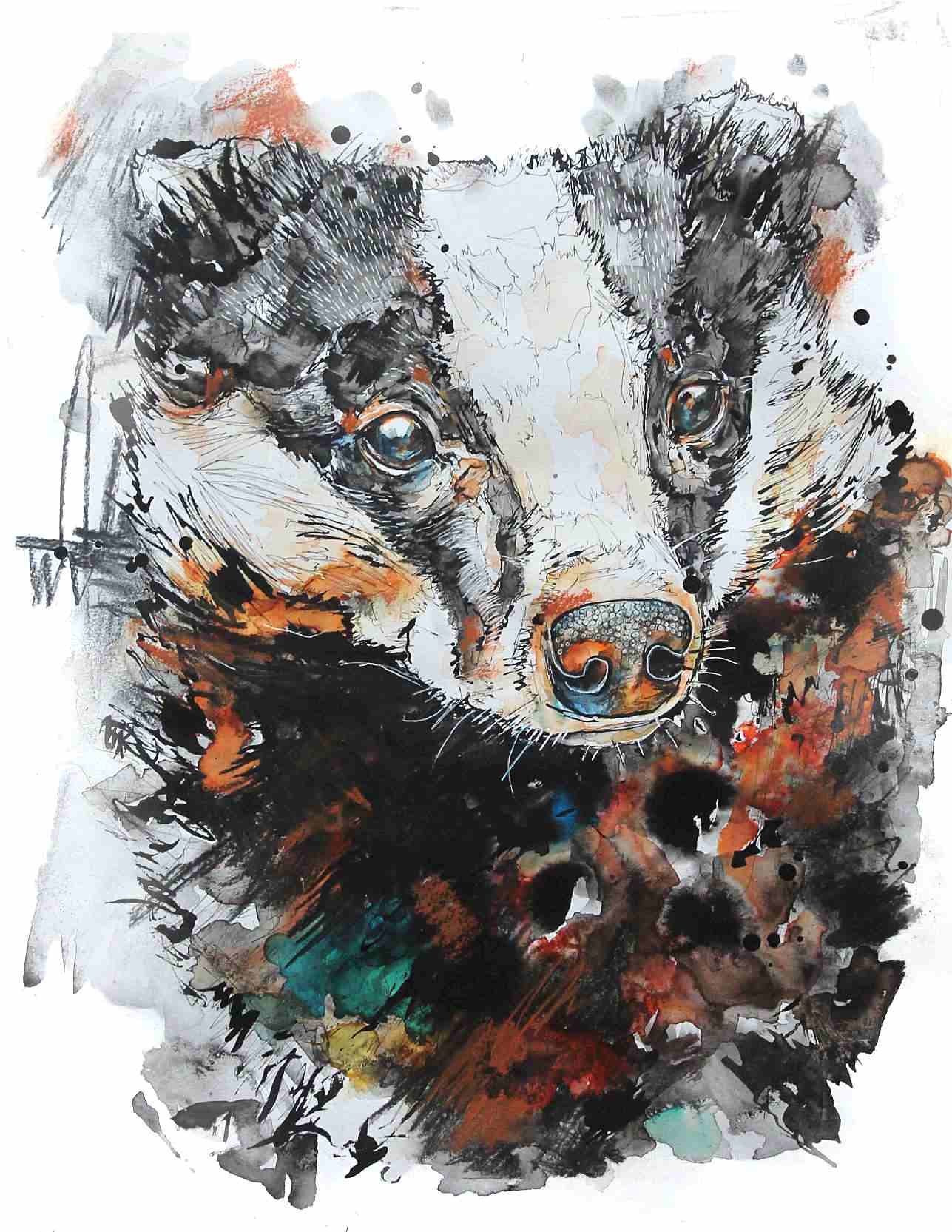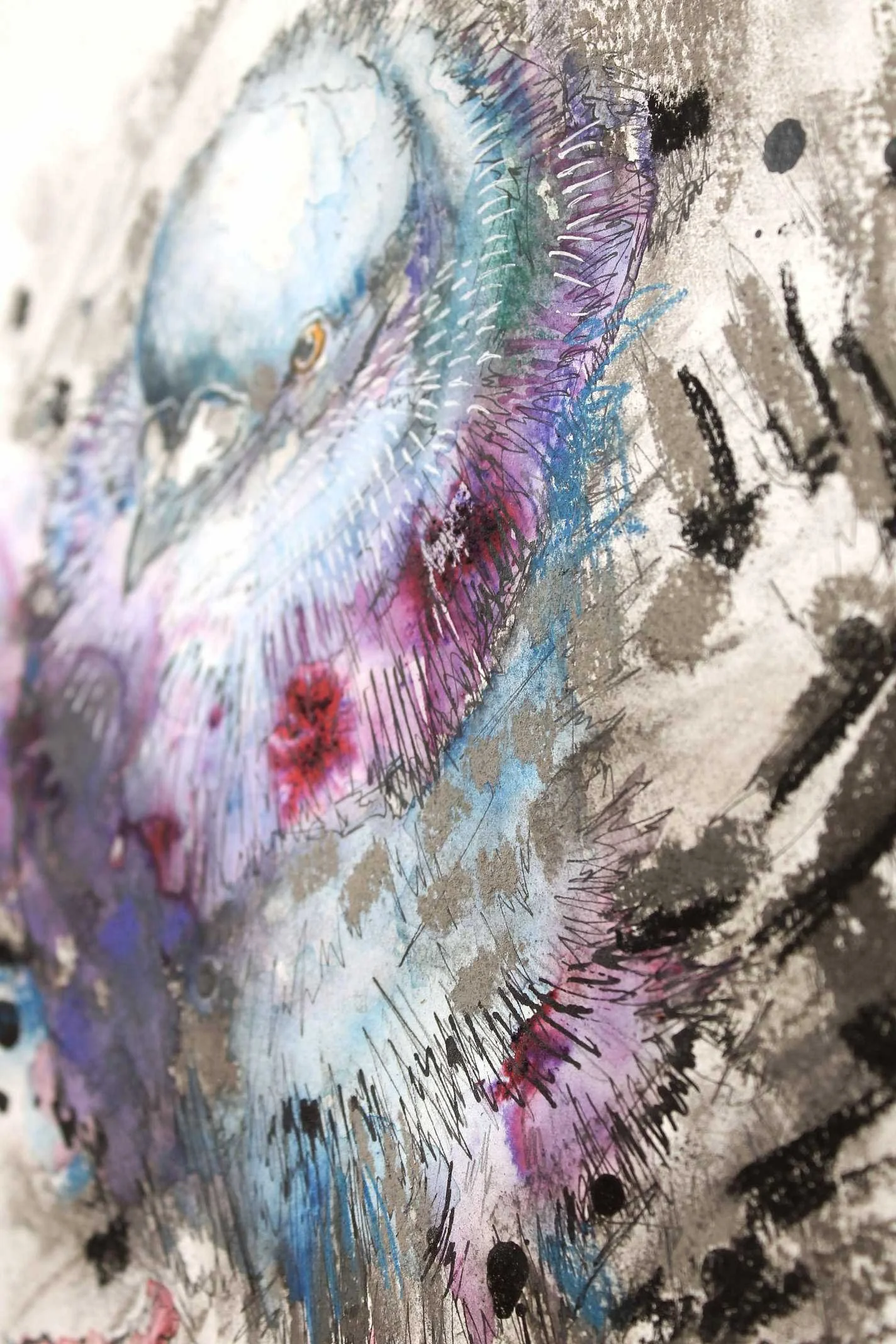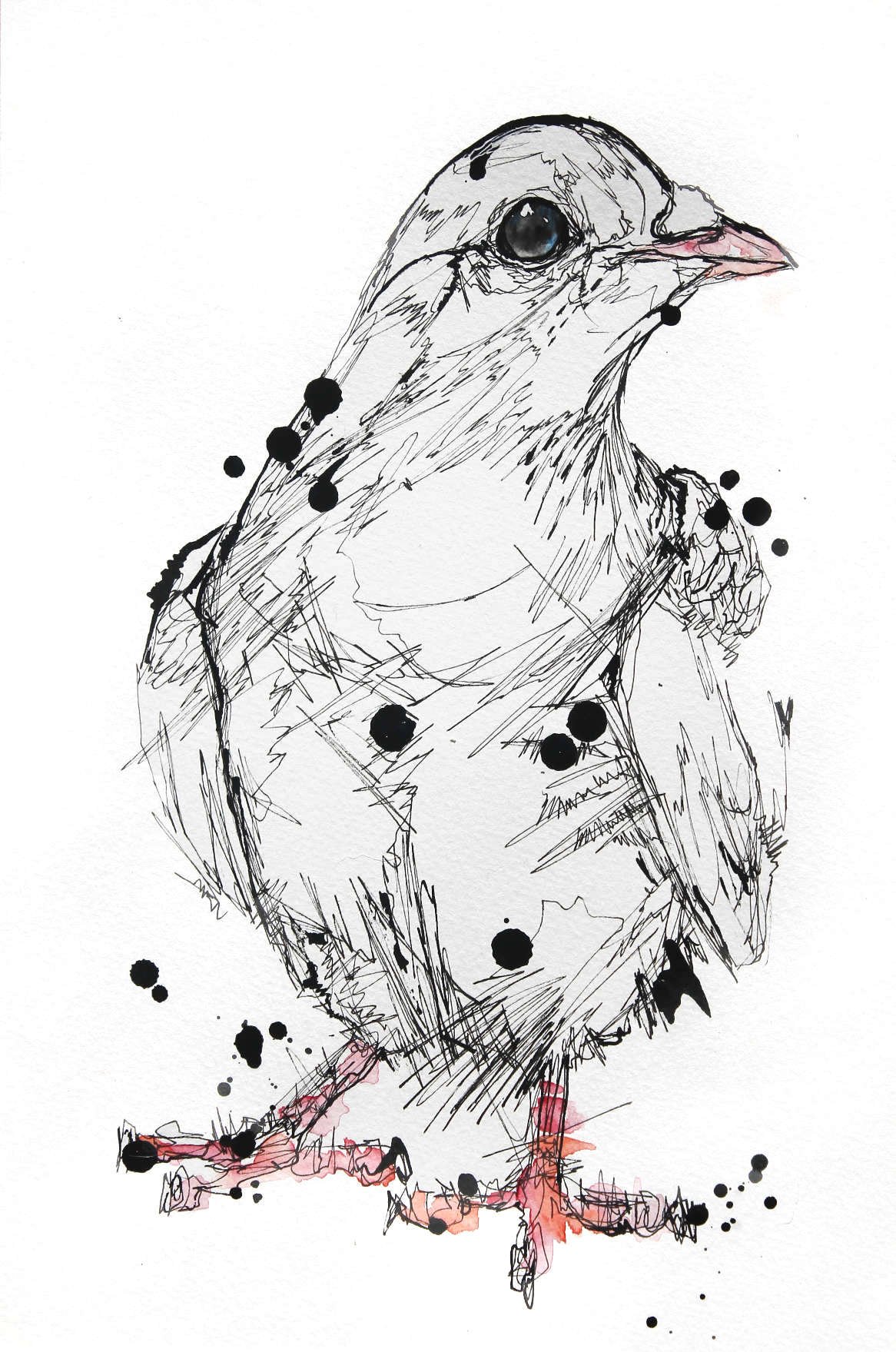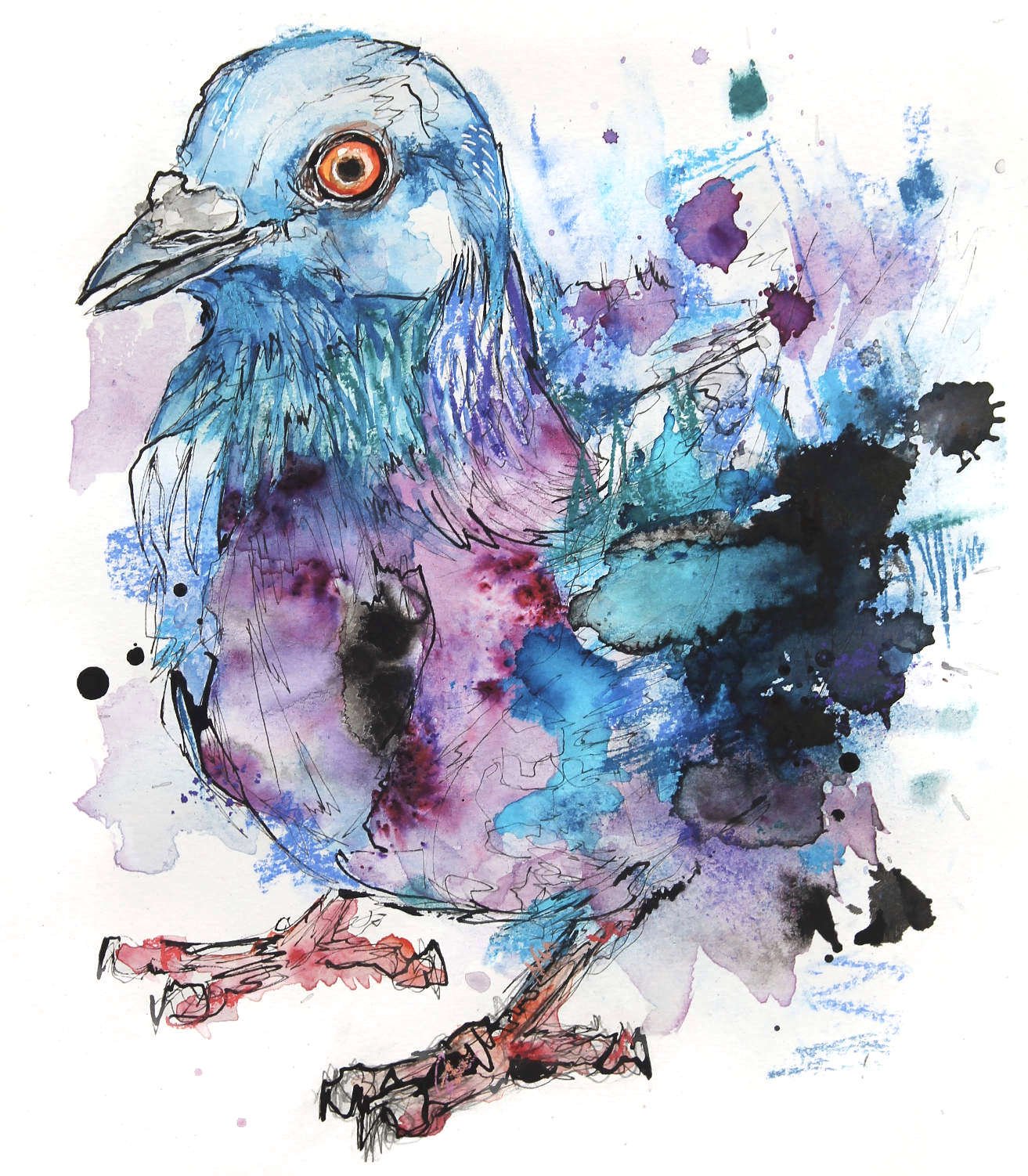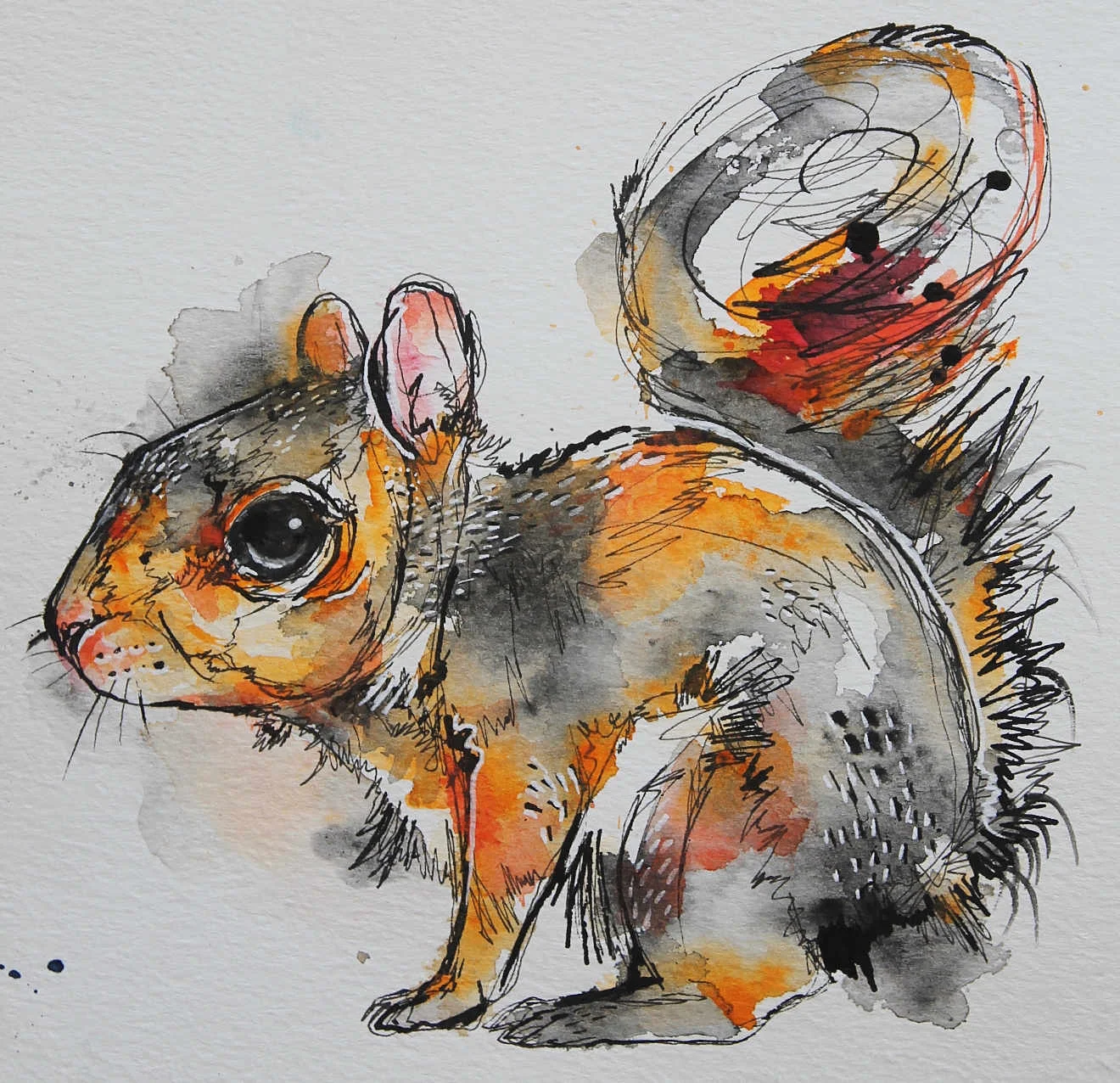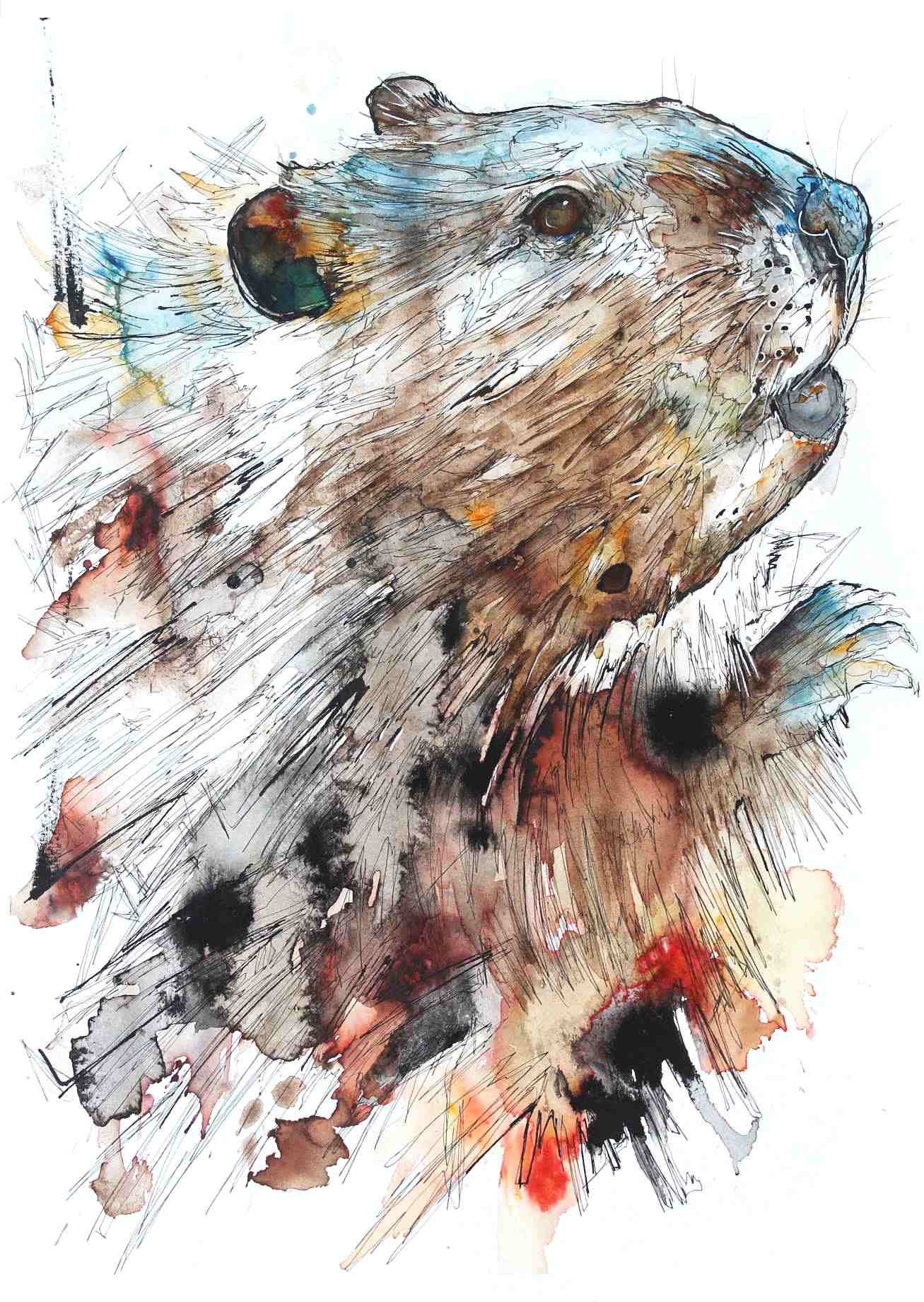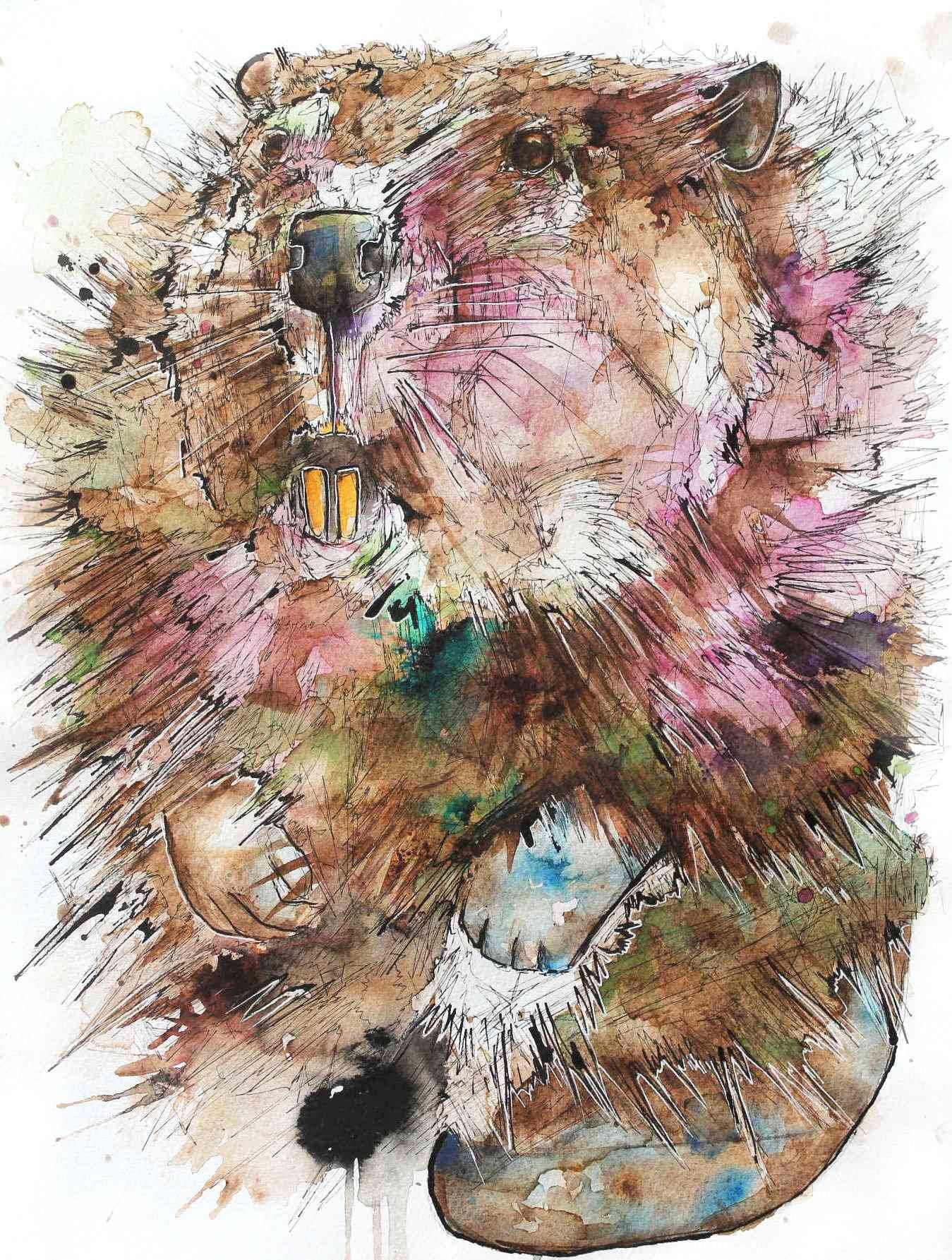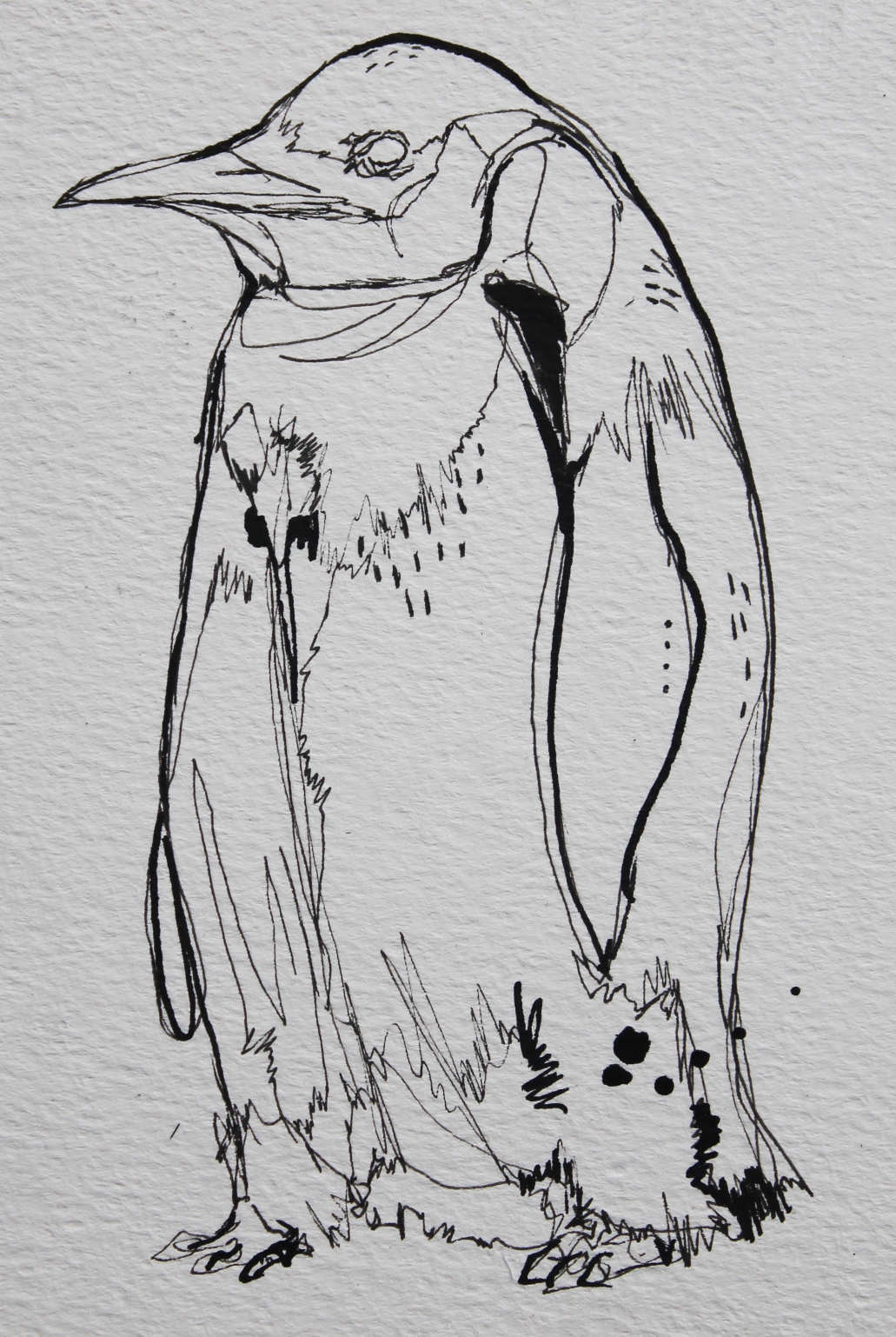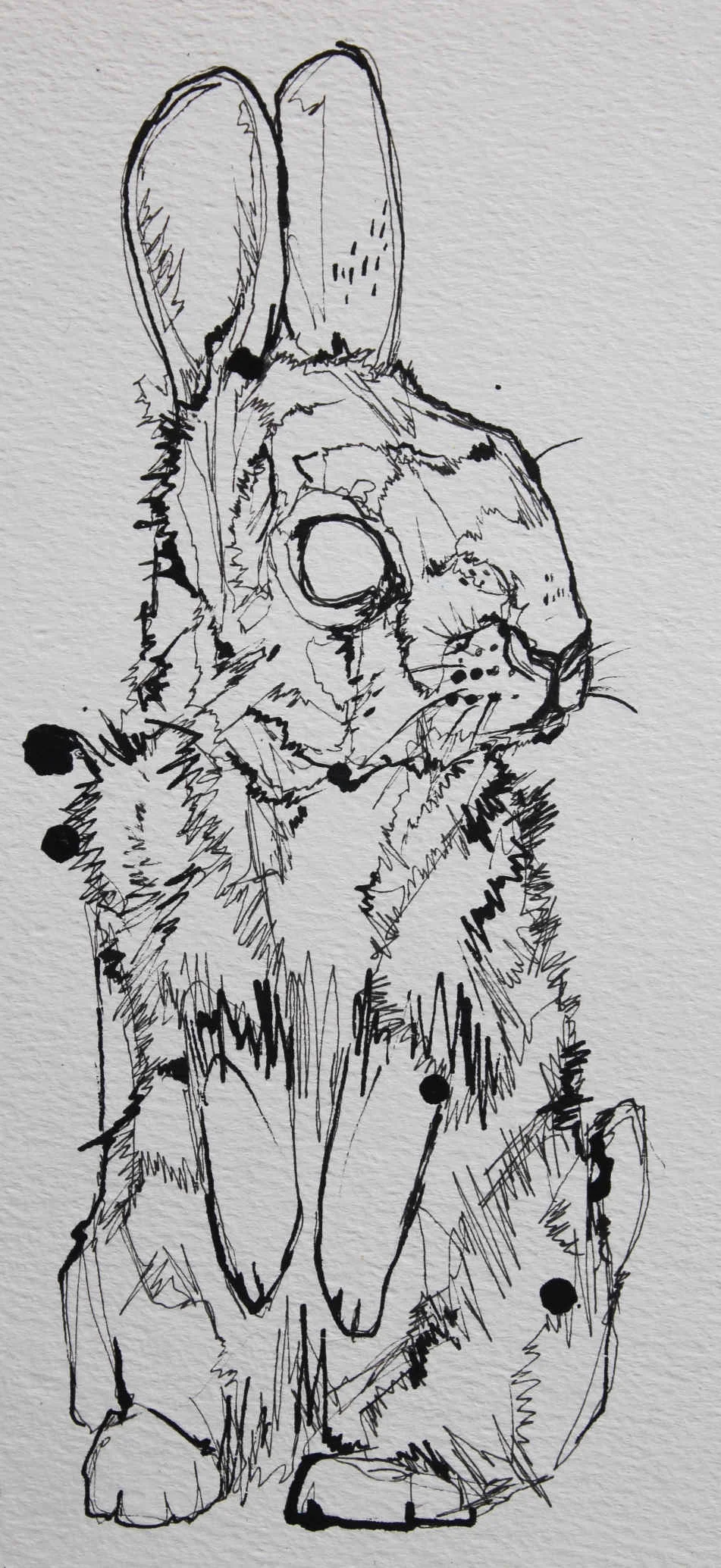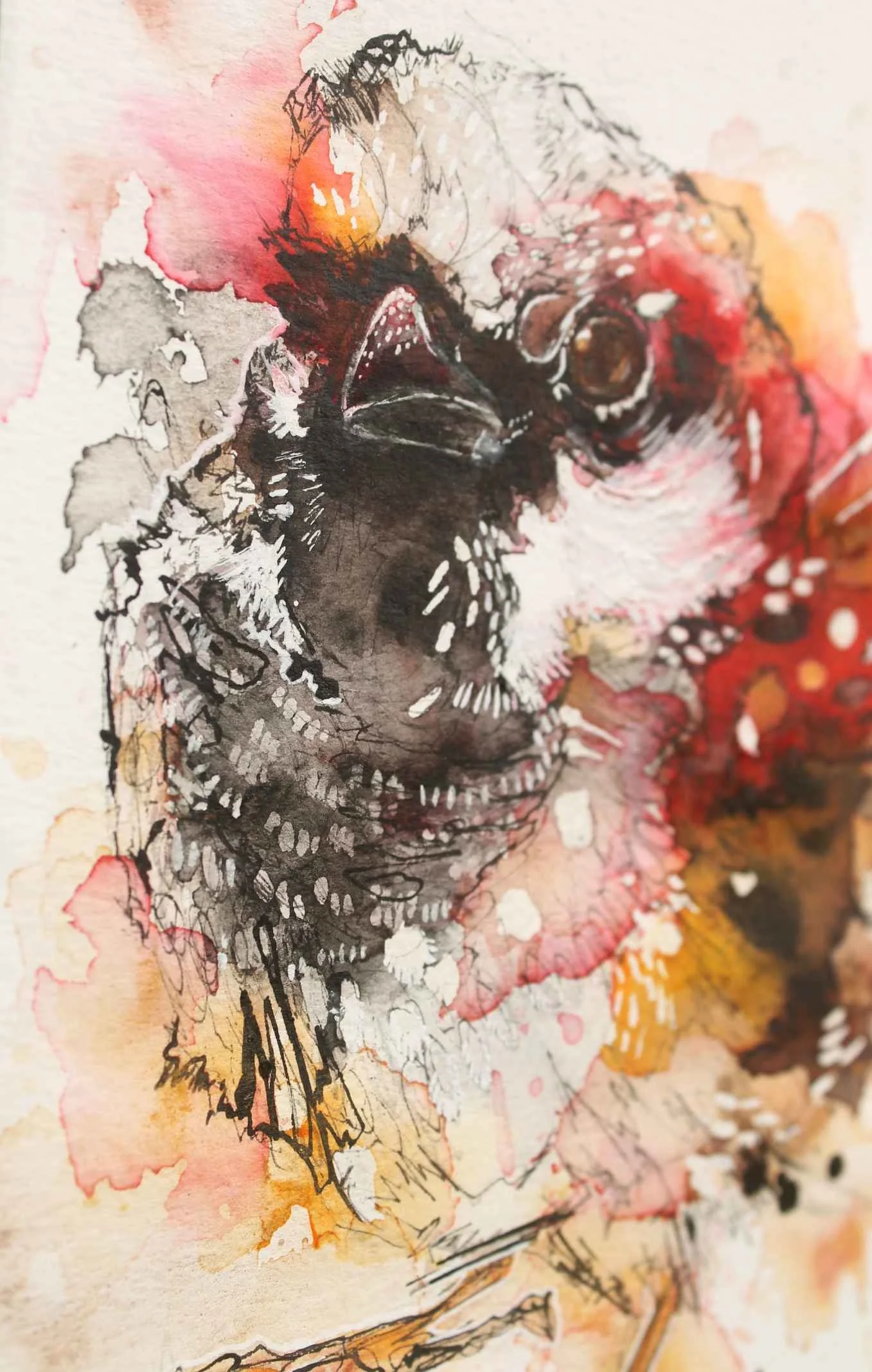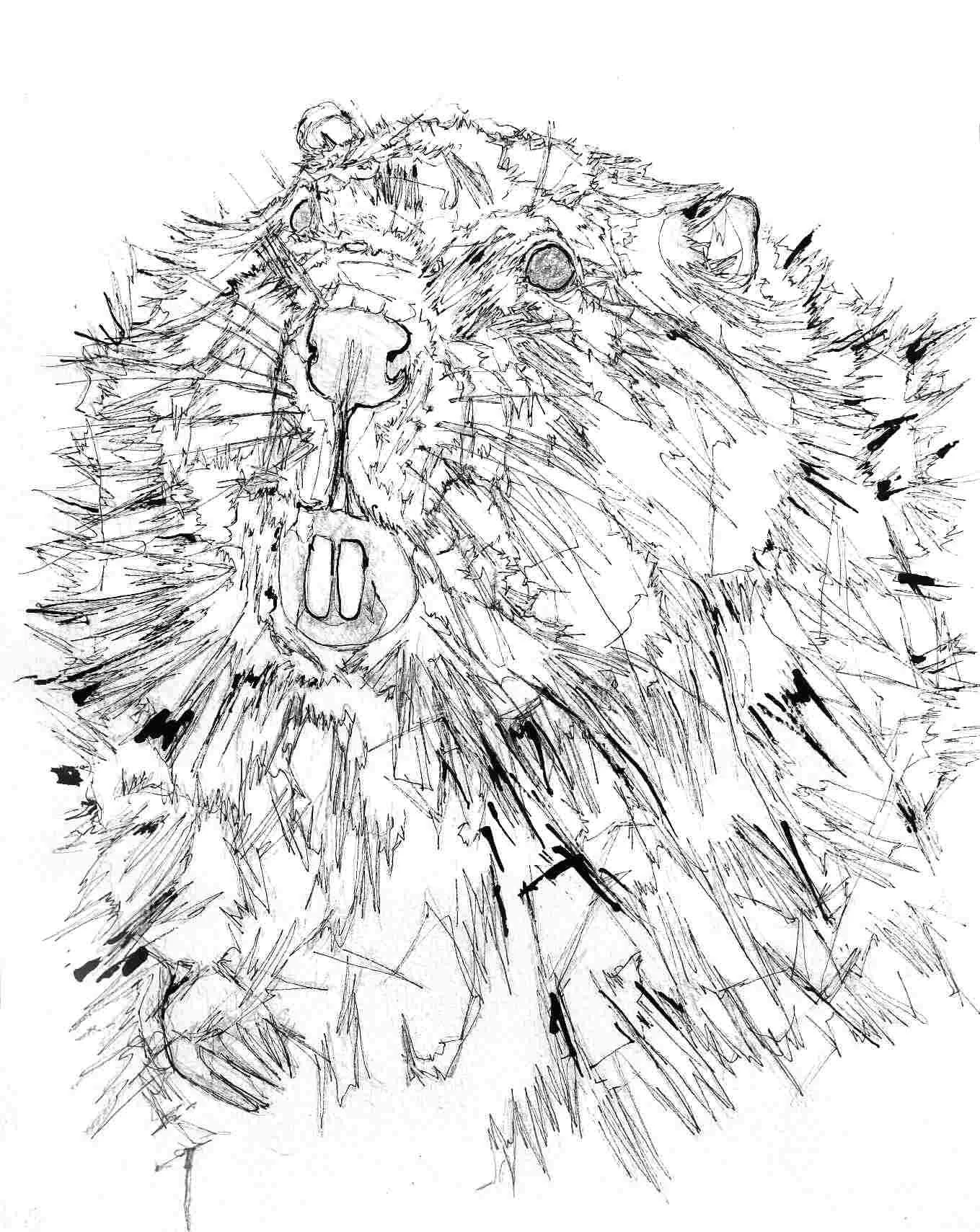You, probably like I, have seen this technique all over art blogs and it’s fairly popular, even though is takes a huge amount of time. You can’t see what you’re doing, you’re wasting the lead in your drawing pencils AND the image is flipped so you just have to pray that you can make it look ‘right’, which isn’t easy, which you then have to spend more time rectifying - if you can … AND you can really hurt yourself as you have to apply a ton of pressure to squeeze every bit of detail off of the drawing paper onto the watercolour paper.
What’s the alternative? Well there’s transfer paper, but that’s not so good which is why I don’t use it.
You’re still having to use quite a bit of pressure, and it is clunky. There’s no way can you get lines of different thicknesses, which leaves you having to draw many of the finer details in later. Not to mention you are working directly over your original drawing, retracing the lines which spoils the original.
Also it can be mucky if you’ve accidentally leant on your work in the wrong way, big black patches of impossible to remove carbon/transfer muck can appear on your watercolour paper along with your now chunky drawing. Also you are applying as much pressure as you can - because transferring sometimes doesn’t work. You’ll only know if you tentatively peel back the layers, an area at a time or remove them altogether after you’ve finished with your fingers and toes crossed.
How should I transfer an image if I don’t want to directly work on the watercolour paper?












